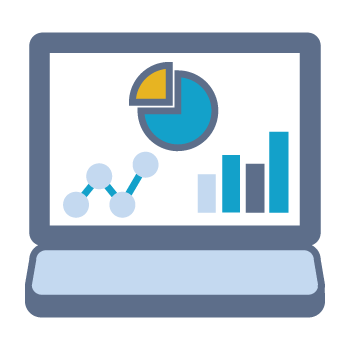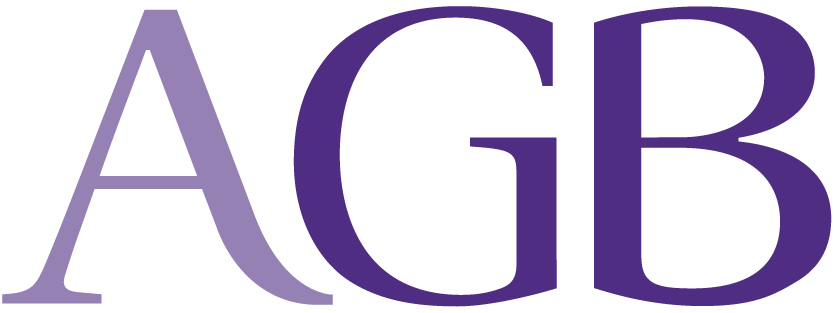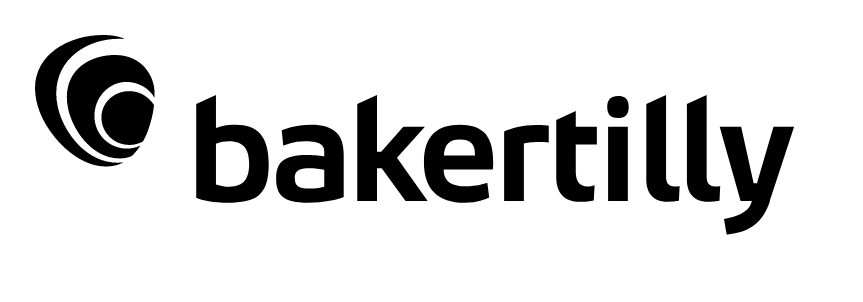Boardroom Conversations:
What Are Our Dashboard Indicators and Benchmarks?
A critical element of a successful strategic planning process is the need to establish performance benchmarks, or dashboards, for an institution as well as key performance indicators (KPIs) for each of its business units. This conversation about how to measure performance via metrics and benchmarks is a crucial step to ensure organizational alignment with the institution’s strategic goals and objectives. The established targets can then be measured to ensure progress toward goals over time and can be expressed either through a specific performance objective or as a period in which an activity or objective should be achieved. Benchmarks may measure financial and/or operational performance of the entire institution or a specific business unit related to key strategic business outcomes. A leading practice is to integrate the two dimensions to provide the board members and senior leadership with a comprehensive data set to assess institutional risks exposure and therefore provide an early indication as to when a midcourse correction may be required.1
Measuring an institution’s progress toward achieving strategic goals and objectives with respect to operational and/or financial health can entail two different types of benchmarking exercises, though both are essential discussion topics for boards and senior leadership interested in ensuring the long-term viability of their college or university’s business model. A financial benchmark, such as a composite financial index (CFI) (along with others2) offers boards and senior leadership the ability to measure an institution’s financial health by analyzing the institution’s operating performance and balance sheet.3 It allows governing boards and presidents to set target performance ratios and provide guardrails—risk tolerance vis-a-vis operating and capital budgets and expectations for an institution’s annual financial performance, while providing the ability to assess the sustainability of an institution’s financial performance over time.
Primary Reserve Ratio
Does the institution have sufficient resources to carry out its mission?
Viability Ratio
Does the institution practice strategic debt management to carry out its mission?
Return on Net Assests Ratio
How well do the institution’s physical and financial assets perform financially in supporting the mission?
Net Operating Revenue Ratio
Is the institution able to carry out its mission without spending reserves?
Larry Goldstein, College and University Budgeting: A Guide for Academics and Other Stakeholders, Fifth Edition (NACUBO, 2019), 157.
Operational benchmarks uniquely tailored to the institution are typically included in summary performance dashboards, which are usually developed collaboratively by the CFO and CAO in consultation with the president and senior leadership before being reviewed with board committees and the full board. Through these discussions, the value of each benchmark to understanding the business model’s operating performance and alignment with the institution’s strategic planning goals and objectives is collectively reviewed and agreed upon. This collective understanding of what is being measured and why is an essential element of a dashboard’s utility and acceptance.
Model Dashboard—Operational Benchmarks
Net Tuition/Expenditures
Endowment/FTE*
All Services/Expenditures
Marketing Cost/Expenditures
Annual Debt Service/FTE*
Compliance Cost/Expenditures
Recruiting Costs/Matriculant
Deferred Maintenance/FTE*
Security Costs/FTE*
Applications/Offered Admissions
Contingency Fund/FTE*
Instruction Costs/FTE*
Admitted/Fall Enrollment by Key Demographic Factors
Attrition/Class Year by Key Demographic Factors
Innovation/Expenditures
Year-over-Year Retention Percentage by Class
Average FTE* Student Debt/National Average
Spending Rate Trendlines/Absolute and Nominal
**FTE: Full-time equivalent student
Former industry colleagues who read earlier drafts of this report—presidents, board members, CFOs, and provosts—noted that some key considerations should be kept in mind by college and university leadership when building dashboards and using benchmarking data. They pointed out the necessity for leadership and stakeholder buy-in to the process of building the matrix. And a requirement that the data be relevant to the operations of the institution’s business model—aligned with a college or university’s peer group, achievable within the available resources, verifiable, and the process transparent if its use is to have value in any institutional decision-making process.
These industry professionals underscored the need for a robust institutional research function with IT capabilities, a close working relationship with the chief information officer to ensure good data analytic skills and tools to help collect, analyze, and disseminate the information generated to support sustainable business practices. They pointed out that the underlying drivers to the numbers needed to be understood—for instance, direct and indirect costs, revenue assumptions by category, new program investments, changing market demographics, and so forth—to be able to assess what the benchmark indicators are communicating regarding operating performance. Finally, these former colleagues observed that while each of these is a determinant for success, they are also reasons benchmark matrices fail.4
1 Larry Goldstein, College and University Budgeting: A Guide for Academics and Other Stakeholders, Fifth Edition (Washington, D.C.: National Association of College and University Business Officers, 2019), 156–157.
2 The Association for Institutional Research (AIR), EDUCAUSE, and NACUBO have drafted a thoughtful whitepaper titled The Joint Statement on Analytics that outlines the application of six principles intended to accelerate the meaningful use of analytics and take advantage of the power of data to assist higher education leaders make decisions and take the necessary actions required when their college or university is facing significant challenges. For more information, visit https://changewithanalytics.com/. CIC provides FIT reports to every institutional member. These reports are based on the most recently available IPEDS data and displays various financial indicators of the institution in comparison to the larger CIC cohort of institutions. Using various demographic metrics, like region, Carnegie classification, student body size, and financial performance, FIT reports provide benchmarked information to allow institutions a more nuanced understanding of their financial position. For more information, visit https://www.cic.edu/resources-research/benchmarking-services/FIT.
3 Goldstein, College and University Budgeting, 157.
4 Stephen Few, “Why Most Dashboards Fail,” KWANTYX Ratio, Issue 8 (June 4, 2012), https://www.kwantyx.com/kwantyx-ratio/why-most-dashboards-fail/.
Model Dashboard—Operational Benchmarks
Net Tuition/Expenditures
Endowment/FTE*
All Services/Expenditures
Marketing Cost/Expenditures
Annual Debt Service/FTE*
Compliance Cost/Expenditures
Recruiting Costs/Matriculant
Deferred Maintenance/FTE*
Security Costs/FTE*
Applications/Offered Admissions
Contingency Fund/FTE*
Instruction Costs/FTE*
Admitted/Fall Enrollment by Key Demographic Factors
Attrition/Class Year by Key Demographic Factors
Innovation/Expenditures
Year-over-Year Retention Percentage by Class
Average FTE* Student Debt/National Average
Spending Rate Trendlines/Absolute and Nominal
1 Larry Goldstein, College and University Budgeting: A Guide for Academics and Other Stakeholders, Fifth Edition (Washington, D.C.: National Association of College and University Business Officers, 2019), 156–157.
2 The Association for Institutional Research (AIR), EDUCAUSE, and NACUBO have drafted a thoughtful whitepaper titled The Joint Statement on Analytics that outlines the application of six principles intended to accelerate the meaningful use of analytics and take advantage of the power of data to assist higher education leaders make decisions and take the necessary actions required when their college or university is facing significant challenges. For more information, visit https://changewithanalytics.com/. CIC provides FIT reports to every institutional member. These reports are based on the most recently available IPEDS data and displays various financial indicators of the institution in comparison to the larger CIC cohort of institutions. Using various demographic metrics, like region, Carnegie classification, student body size, and financial performance, FIT reports provide benchmarked information to allow institutions a more nuanced understanding of their financial position. For more information, visit https://www.cic.edu/resources-research/benchmarking-services/FIT.
3 Goldstein, College and University Budgeting, 157.
Related Resources
Association for Institutional Research, EDUCAUSE, and National Association of College and University Business Officers. Analytics Can Save Higher Education. Really. (Statement). 2020. https://changewithanalytics.com/statement/.
Baker Tilly. Fiscal resiliency: tips and tools for effective modeling and analysis. (Blog). December 14, 2020. https://www.bakertilly.com/insights/fiscal-resiliency-tips-and-tools-for-effective-modeling.
Bichsel, Jacqueline. Analytics in Higher Education: Benefits, Barriers, Progress, and Recommendations. (Research Report). Louisville, CO: EDUCAUSE Center for Applied Research, August 2012. http://www.educause.edu/ecar.
Council of Independent Colleges. Benchmarking Tools and Services. https://www.cic.edu/resources-research/benchmarking-services.








